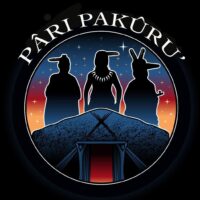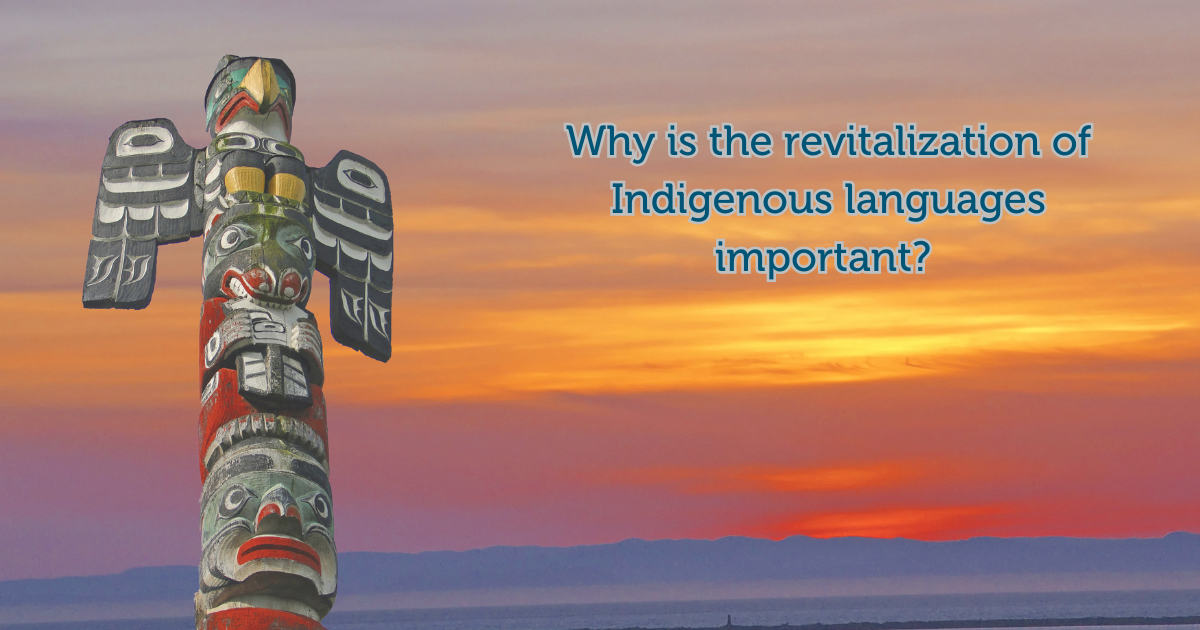
Echoes of the Plains: The Urgent Fight to Revitalize the Pawnee Language
PAWNEE, OKLAHOMA – In the quiet heart of Pawnee Nation, nestled amidst the rolling plains of north-central Oklahoma, a profound struggle is unfolding. It’s a battle not fought with weapons, but with words – a desperate, yet determined, effort to pull the Pawnee language, Pariki, back from the precipice of extinction. Once the vibrant tongue of a powerful nation that dominated vast swathes of the Great Plains, Pariki now clings to life, spoken fluently by only a handful of elders. Their voices, rich with the history and wisdom of generations, are fading, but a new generation is rising, committed to ensuring the echoes of their ancestors do not fall silent.
The statistics are stark and sobering. According to linguists and tribal language programs, there are fewer than ten fluent, first-language speakers of Pawnee left, all of whom are elderly. Many more possess varying degrees of passive understanding or can speak conversational phrases, but the continuous, nuanced flow of a living language is perilously close to ceasing. This linguistic crisis is not unique to the Pawnee; it mirrors the plight of hundreds of Indigenous languages across North America, casualties of centuries of displacement, assimilation policies, and the overwhelming dominance of English.

A History of Silence: The Roots of Decline
The journey of the Pawnee language from widespread use to critical endangerment is a testament to the devastating impact of colonial policies. Originally inhabiting what is now Nebraska and Kansas, the Pawnee Nation was forcibly removed to Indian Territory (present-day Oklahoma) in the late 19th century. This relocation severed their deep ties to ancestral lands, a connection intricately woven into their language, place names, and stories.
But the most insidious blow came with the advent of boarding schools. Designed to "kill the Indian, save the man," these institutions systematically stripped Native children of their cultural identity, including their languages. Children were often punished, sometimes brutally, for speaking their native tongues. "My grandmother told me stories of how she and her siblings were beaten if they spoke Pawnee at school," recounts Lena Spotted Horse, a Pawnee tribal historian and language advocate. "They were taught to be ashamed. When they came home, they were afraid to speak it, and they didn’t want their own children to suffer the same fate, so they stopped teaching it." This intergenerational trauma created a devastating break in linguistic transmission, leading to what linguists call the "silent generation" – those who understood the language but chose not to pass it on, inadvertently sealing its fate for subsequent generations.
More Than Words: The Soul of a People
For the Pawnee, as for any Indigenous people, language is far more than a communication tool. It is the repository of their worldview, their history, their spiritual beliefs, and their unique way of understanding the universe. "Our language carries the spirit of our ancestors," explains Chief Kenneth White, a tribal elder and one of the last fluent speakers. His voice, though frail, resonates with quiet strength. "When I speak Pawnee, I am not just speaking words. I am speaking the history of my people, the prayers of my grandfathers, the stories that shaped us. To lose our language is to lose a part of our soul."
Pawnee, a member of the Caddoan language family (related to Arikara, Wichita, and Caddo), possesses intricate grammatical structures and a vocabulary rich with terms for specific aspects of the natural world, spiritual concepts, and social relationships that have no direct equivalents in English. For example, the nuances of respect embedded in Pawnee address forms, or the specific terms for different phases of the moon and stars, reflect a distinct cosmological understanding that is inaccessible without the language itself. Losing these words means losing those unique perspectives.
The Front Lines of Revival: A Race Against Time
Recognizing the urgency, the Pawnee Nation has launched a multi-faceted and determined effort to revitalize Pariki. The primary focus is on documenting and learning from the last fluent speakers, considered invaluable living libraries.

One key initiative is the Pawnee Nation Language Program, led by dedicated linguists and tribal members. Their work involves:
-
Documentation and Archiving: High-quality audio and video recordings of elders speaking Pawnee are being made, capturing conversations, stories, songs, and traditional knowledge. These recordings are meticulously transcribed and translated, forming a vital digital archive for future generations. "Every story, every song, every conversation is a treasure," says Dr. Sarah Greene, a linguist working with the Pawnee Nation. "We’re in a race against time to capture as much as we can before our elders walk on."
-
Language Classes and Workshops: The program offers regular language classes for tribal members of all ages, from children to adults. These classes range from beginner courses focusing on basic phrases and vocabulary to more advanced sessions for those seeking deeper fluency. The approach is often immersive, encouraging learners to speak Pawnee as much as possible, even with limited vocabulary.
-
Youth Engagement: A crucial aspect is engaging the younger generation. Initiatives include Pawnee language camps for children, where learning is integrated with cultural activities like traditional games, crafts, and storytelling. The goal is to make learning Pariki fun and relevant, fostering a sense of pride and ownership. "We want our kids to feel that speaking Pawnee is cool, that it connects them to something powerful and unique," says Pawnee Nation Chairman, Walter R. Echo-Hawk Jr. "They are the future caretakers of this language."
-
Technological Tools: Embracing modern technology, the Pawnee Nation is developing language learning apps, online dictionaries, and digital phrasebooks. Social media platforms are also utilized to share "Word of the Day" features or short conversational videos, making the language accessible to a wider audience, especially those living off-reservation.
-
Master-Apprentice Programs: For dedicated learners, a "master-apprentice" model is being implemented where a few highly motivated individuals are paired directly with a fluent elder. This intensive, one-on-one immersion provides an unparalleled opportunity for rapid acquisition, mimicking the traditional method of language transmission.
Challenges and Triumphs: A Long Road Ahead
Despite these dedicated efforts, the path to revitalization is fraught with challenges. Funding is a perpetual concern, as language programs require significant resources for staff, technology, and materials. The sheer scarcity of fluent speakers means that teaching resources are limited, and the burden on the remaining elders is immense. Maintaining consistent interest and commitment from learners in a world dominated by English is another hurdle. Many learners struggle to find consistent opportunities to practice outside of class, hindering their progress.
Yet, there are triumphs, small but significant. The joy on a child’s face when they correctly pronounce a Pawnee word, the pride in a teenager’s voice as they introduce themselves in Pariki, the preservation of an elder’s story – these are the victories that fuel the movement. "It’s not about achieving full fluency for everyone overnight," explains Lena Spotted Horse. "It’s about creating a generation that is proud to speak Pawnee, even if it’s just a few words. It’s about bringing the language back into our homes, our ceremonies, our everyday lives."
The Pawnee Nation’s language revitalization efforts are a microcosm of a larger Indigenous movement across the globe. From the Māori of New Zealand to the Hawaiian people, communities are reclaiming their ancestral tongues, understanding that linguistic diversity is essential for cultural survival and global human heritage. The fight for the Pawnee language is a testament to the resilience of a people who have endured immense hardship. It is a declaration that despite the scars of the past, their identity, their spirit, and their unique voice will not be silenced.
As the sun sets over the Pawnee plains, casting long shadows across the land, one can almost hear the whispers of a language struggling to be reborn. The journey is long, the odds are steep, but the determination of the Pawnee people to ensure their language continues to echo across the plains, connecting past, present, and future, remains unyielding. It is a profound act of cultural sovereignty, a testament to the enduring power of language, and a beacon of hope for all who believe that every voice deserves to be heard.


